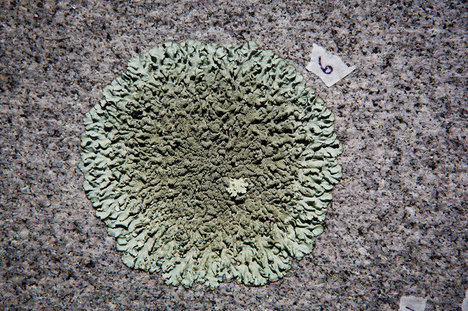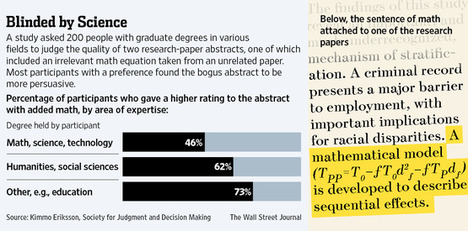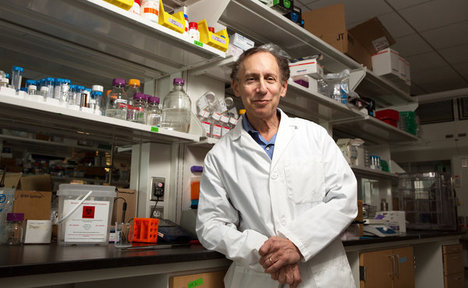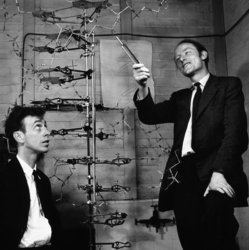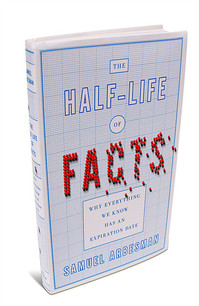 “Conventional strawberries in Watsonville, California. Researchers say organic foods are no more nutritious and no less likely to be contaminated.” Source of caption and photo: online version of the NYT article quoted and cited below.
“Conventional strawberries in Watsonville, California. Researchers say organic foods are no more nutritious and no less likely to be contaminated.” Source of caption and photo: online version of the NYT article quoted and cited below.
(p. A20) Does an organic strawberry contain more vitamin C than a conventional one?
Maybe — or maybe not.
Stanford University scientists have weighed in on the “maybe not” side of the debate after an extensive examination of four decades of research comparing organic and conventional foods.
They concluded that fruits and vegetables labeled organic were, on average, no more nutritious than their conventional counterparts, which tend to be far less expensive. Nor were they any less likely to be contaminated by dangerous bacteria like E. coli.
The researchers also found no obvious health advantages to organic meats.
. . .
The conclusions will almost certainly fuel the debate over whether organic foods are a smart choice for healthier living or a marketing tool that gulls people into overpaying. The production of organic food is governed by a raft of regulations that generally prohibit the use of synthetic pesticides, hormones and additives.
The organic produce market in the United States has grown quickly, up 12 percent last year, to $12.4 billion, compared with 2010, according to the Organic Trade Association. Organic meat has a smaller share of the American market, at $538 million last year, the trade group said.
. . .
In the study — known as a meta-analysis, in which previous findings are aggregated but no new laboratory work is conducted — researchers combined data from 237 studies, examining a wide variety of fruits, vegetables and meats. For four years, they performed statistical analyses looking for signs of health benefits from adding organic foods to the diet.
The researchers did not use any outside financing for their research. “I really wanted us to have no perception of bias,” Dr. Bravata said.
For the full story, see:
KENNETH CHANG. “Stanford Scientists Cast Doubt on Advantages of Organic Meat and Produce.” The New York Times (Tues., September 4, 2012): A20.
(Note: ellipses added.)
(Note: the online version of the story has the date September 3, 2012.)




